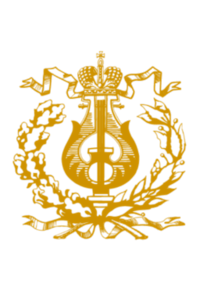The Nutcracker, op. 71 (Der Nussknacker), Tchaikovsky, P. I.
Teilen
Mariinsky Theatre (2022)Informationen von einer Kunstorganisation (verifiziert durch Operabase)
16 - 17 September 2022 (3 Aufführungen)
Webseite besuchenDer Nussknacker by Tchaikovsky, P. I., Fr. 16 Sept. 2022, Ab (2022/2022), Dirigat Valery Gergiev, Mariinsky-2, Sankt Petersburg, Russland
Besetzung und Crew ansehen für 16 Sept. 2022
Produzent

(2022 Sept. 16, 17)
Dirigat
Produktionsteam
Bühnenbild
Kostümbild
Lichtgestaltung
Choreographie
Erfahren Sie mehr über den Komponisten
Erfahren Sie mehr über Werk